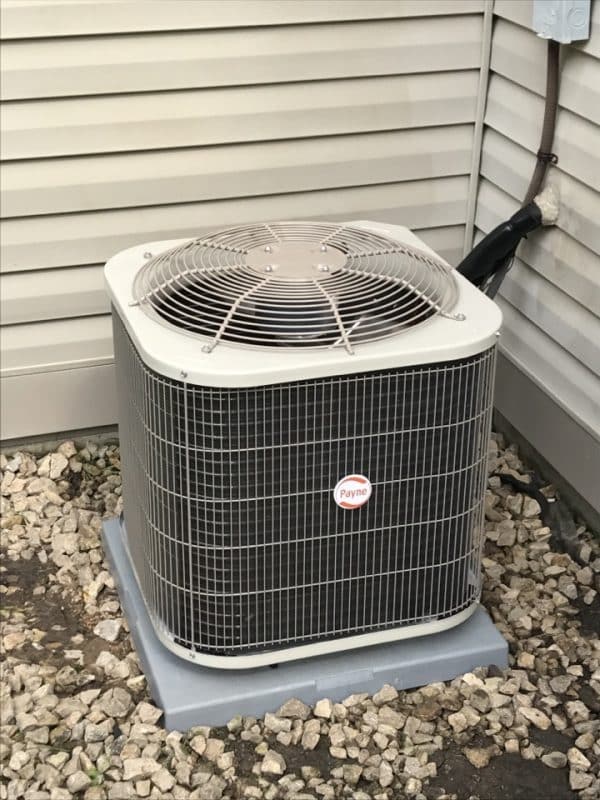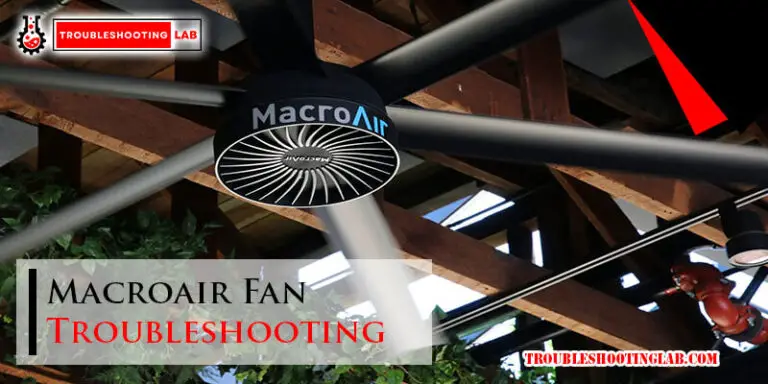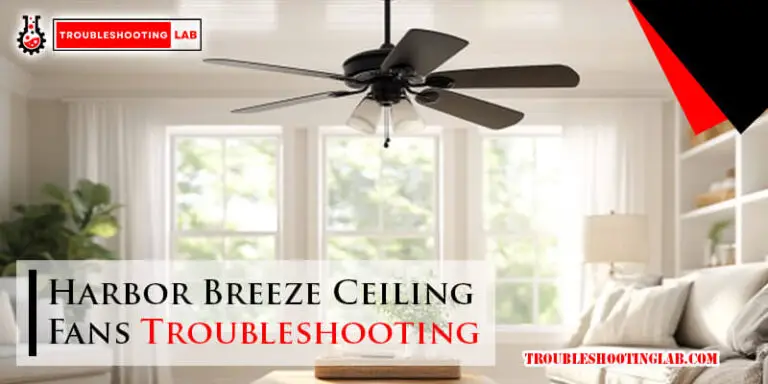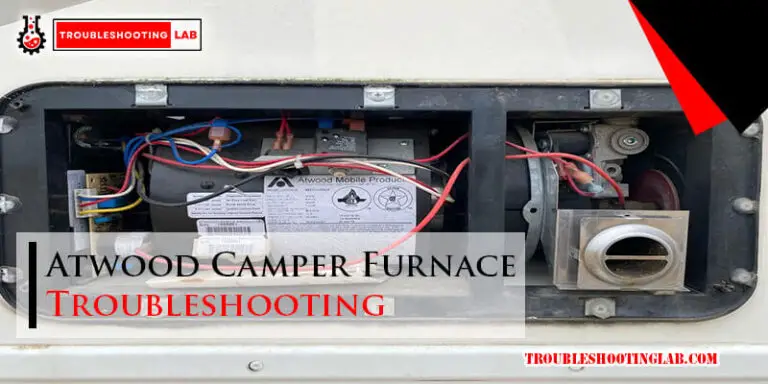Payne AC Unit Troubleshooting: Expert Tips to Fix Common Issues
Payne AC units may experience issues like not cooling or not turning on. Check the thermostat settings and power supply first.Payne air conditioning units are known for their reliability, but they can still encounter problems. Common issues include the unit not cooling properly or failing to turn on. Ensuring the thermostat is set correctly and verifying the power supply are essential first steps.
Inspecting the air filter for clogs can also help restore functionality. Regular maintenance can prevent many problems, but understanding basic troubleshooting can save time and money. Learning to identify and address these issues promptly ensures your Payne AC unit operates efficiently, keeping your home comfortable.
Common Symptoms
Experiencing issues with your Payne AC unit can be frustrating. Identifying the common symptoms can help you troubleshoot the problem effectively. Below, we discuss some frequent signs indicating your AC unit might need attention.
Unusual Noises
If your Payne AC unit is making unusual noises, it could signal a problem. Listen for the following sounds:
- Banging or Clanking: This could mean a loose part inside the unit.
- Squealing: A squealing noise often indicates a problem with the fan motor.
- Hissing: Hissing sounds can suggest a refrigerant leak.
- Clicking: Frequent clicking might be a sign of an electrical issue.
Addressing these noises early can prevent further damage to your AC unit.
Inadequate Cooling
One of the most common symptoms of a malfunctioning Payne AC unit is inadequate cooling. If you notice the air is not as cold as it should be, consider these potential causes:
- Dirty Air Filters: Clogged filters can restrict airflow and reduce cooling efficiency.
- Low Refrigerant Levels: Insufficient refrigerant can cause the unit to blow warm air.
- Blocked Condenser Coils: Dirt and debris on the coils can impede heat exchange.
- Thermostat Issues: A malfunctioning thermostat might not signal the AC properly.
Regular maintenance and cleaning can help resolve many of these issues.
Monitoring these common symptoms can help you keep your AC unit in top condition.
Thermostat Issues
When your Payne AC unit stops working properly, the thermostat might be the issue. Proper thermostat function is crucial for maintaining your desired temperature. Let’s explore common thermostat problems.
Incorrect Settings
Sometimes, the thermostat settings are incorrect, causing the Payne AC unit to malfunction. Make sure the thermostat is set to cooling mode. Verify the temperature setting is lower than the current room temperature.
Also, check the fan setting. It should be on ‘auto’ rather than ‘on’. This ensures the fan runs only when the AC is cooling. If the fan runs constantly, it wastes energy and might cause the AC to overheat.
Use this simple checklist to ensure your thermostat settings are correct:
- Set to cooling mode
- Temperature set lower than room temperature
- Fan setting on ‘auto’
Faulty Thermostat
A faulty thermostat can lead to numerous issues with your Payne AC unit. Signs of a faulty thermostat include no response when adjusting settings. It might also show incorrect temperature readings.
If you suspect a faulty thermostat, try these steps:
- Replace the batteries in the thermostat.
- Check for loose wires behind the thermostat.
- Ensure the thermostat is clean and dust-free.
If these steps don’t solve the problem, consider replacing the thermostat. Sometimes, the thermostat simply wears out and needs replacement.
Keep your Payne AC unit running smoothly by addressing thermostat issues promptly.
Power Problems
Power problems are common with Payne AC units. These issues can disrupt your comfort. Understanding them helps you fix your AC faster. Here, we discuss common power issues like tripped circuit breakers and blown fuses.
Tripped Circuit Breaker
A tripped circuit breaker stops your AC from working. This happens due to electrical overloads.
- Locate your circuit breaker panel.
- Find the breaker labeled “AC” or “Air Conditioner”.
- If it’s in the middle position, it has tripped.
- Switch it fully off and then back on.
After resetting, check your AC. It should start working again. If it trips again, there might be a bigger issue. Contact a professional for help.
Blown Fuse
A blown fuse can also stop your AC. Fuses protect your AC from power surges.
- Turn off your AC and unplug it.
- Locate the fuse box near the unit.
- Check if any fuses look burned or broken.
- Replace the blown fuse with a new one of the same rating.
After replacing the fuse, plug in your AC and turn it on. It should work correctly. If the fuse blows again, there could be an electrical issue. Get a technician to inspect your unit.
By understanding these power problems, you can keep your Payne AC unit running smoothly.
Airflow Obstructions
Airflow obstructions in your Payne AC unit can greatly affect its performance. Identifying and fixing these problems ensures your unit runs efficiently and keeps your home cool.
Blocked Vents
Blocked vents are a common reason for poor airflow. Furniture, curtains, or other items might block the vents.
- Move any obstructions away from the vents.
- Ensure vents are fully open and unobstructed.
- Check both supply and return vents for blockages.
Dirty Filters
Dirty filters restrict airflow. This makes your AC unit work harder.
- Locate the filter compartment in your Payne AC unit.
- Remove the old, dirty filter.
- Install a new, clean filter of the same size.
Replacing filters regularly helps maintain good airflow and efficiency.
Refrigerant Leaks
Refrigerant leaks are a common issue in Payne AC units. These leaks can cause your AC to lose efficiency. Addressing these leaks quickly is essential for optimal performance.
Identifying Leaks
Identifying refrigerant leaks early can save you from larger issues. Here are some signs to watch for:
- Weak airflow – If the AC blows weak air, there might be a leak.
- Hissing sounds – Listen for hissing noises near the unit.
- Ice on coils – Ice forming on coils can indicate a leak.
- Increased bills – Higher energy bills may signal a refrigerant issue.
Repairing Leaks
Repairing refrigerant leaks involves several steps. Follow this process to address the issue:
- Turn off the unit – Ensure safety by switching off the AC.
- Locate the leak – Use a leak detector or soapy water to find it.
- Seal the leak – Apply sealant to the leaky area.
- Recharge refrigerant – Add the correct amount of refrigerant to the unit.
- Test the unit – Turn on the AC and check if it works properly.
Regular maintenance can help prevent leaks. Make sure to schedule yearly check-ups for your Payne AC unit.

Compressor Issues
Compressor issues in a Payne AC unit can cause serious problems. The compressor is the heart of your AC system. It circulates refrigerant through your system. When it fails, your AC won’t cool properly. Understanding common compressor issues helps you troubleshoot effectively.
Overheating
Overheating is a common compressor problem. Dirt and debris can block airflow. Blocked airflow causes the compressor to overheat. Clean your AC unit regularly to prevent this.
Another cause of overheating is low refrigerant levels. Low refrigerant makes the compressor work harder. This extra effort leads to overheating. Check refrigerant levels often to avoid this issue.
Electrical problems can also cause overheating. Faulty wiring or a bad capacitor can overheat the compressor. Inspect electrical components for any signs of wear or damage.
Failure To Start
Sometimes, the compressor fails to start. This can be due to several reasons. A tripped circuit breaker is a common cause. Reset the breaker and see if the compressor starts.
A faulty start capacitor can also prevent the compressor from starting. The start capacitor gives a boost to the compressor motor. If it fails, the compressor won’t start. Replace the capacitor if needed.
Another possible reason is a bad thermostat. The thermostat controls the compressor. If it malfunctions, the compressor won’t start. Check if the thermostat is working properly.
| Issue | Possible Cause | Solution |
|---|---|---|
| Overheating | Blocked airflow | Clean the unit |
| Overheating | Low refrigerant | Check refrigerant levels |
| Overheating | Electrical problems | Inspect wiring |
| Failure to Start | Tripped breaker | Reset breaker |
| Failure to Start | Bad capacitor | Replace capacitor |
| Failure to Start | Faulty thermostat | Check thermostat |
Evaporator Coil Problems
Evaporator coil problems in Payne AC units can cause cooling issues. These problems usually fall into two main categories: frozen coils and dirty coils. Addressing these issues promptly can restore your AC’s efficiency and comfort.
Frozen Coils
Frozen coils are a common problem in Payne AC units. This issue often happens due to restricted airflow or low refrigerant levels. When the coils freeze, they can no longer absorb heat efficiently. This leads to poor cooling performance.
Here are some signs of frozen coils:
- Ice buildup on the coils
- Poor airflow from vents
- Unusual AC noises
To fix frozen coils, you can try these steps:
- Turn off the AC unit and let the ice melt.
- Check and replace dirty air filters.
- Ensure vents are not blocked.
- Call a technician if the problem persists.
Dirty Coils
Dirty coils can also hinder your Payne AC unit’s performance. Dust and debris accumulate on the coils, reducing their ability to transfer heat. This issue can lead to higher energy bills and less effective cooling.
Signs of dirty coils include:
- Reduced cooling efficiency
- Increased energy consumption
- AC unit running longer than usual
To clean dirty coils, follow these steps:
- Turn off the AC unit.
- Remove the access panel to reach the coils.
- Use a soft brush to remove loose dirt.
- Apply a no-rinse coil cleaner and let it sit.
- Rinse with water if needed and allow to dry.
Regular maintenance of the evaporator coils can prevent these issues. Keeping the coils clean ensures optimal performance and longevity of your Payne AC unit.
Professional Help
Payne AC units are reliable, but sometimes they need professional attention. Knowing when to call a technician can save you time and money. Choosing the right service ensures your unit is in good hands.
When To Call A Technician
Some issues require professional help to fix. Here are signs you need a technician:
- Strange noises from the unit
- Unit not cooling or heating properly
- Frequent on and off cycling
- Water leaks around the unit
- Odd smells coming from the vents
Strange noises can mean something is broken. Improper cooling or heating might be a refrigerant issue. Frequent cycling could be a thermostat problem. Water leaks point to drainage issues. Odd smells might indicate mold or wiring issues.
Choosing The Right Service
Picking the right service is crucial. Follow these steps:
- Check for certified technicians
- Read customer reviews
- Compare service prices
- Ask about warranty on repairs
- Ensure they use genuine parts
Certified technicians have the right training. Customer reviews give insight into their work quality. Service prices help you budget. A warranty protects you from future issues. Genuine parts ensure your unit runs well.
Frequently Asked Questions
Why Is My Payne Ac Not Cooling?
Your Payne AC might not cool due to a dirty filter, low refrigerant levels, or a malfunctioning compressor.
How Do I Reset My Payne Ac?
Locate the reset button on the unit, press and hold it for 3-5 seconds to reset.
What Causes Payne Ac To Leak Water?
Water leakage often occurs due to a clogged condensate drain line or a dirty air filter.
Why Does My Payne Ac Make Noise?
Noises typically come from loose parts, debris in the unit, or issues with the fan motor.
How Often Should I Service My Payne Ac?
Service your Payne AC at least once a year to maintain efficiency and prevent potential issues.
Conclusion
Efficiently troubleshooting your Payne AC unit ensures comfort and energy savings. Regular maintenance prevents costly repairs. Follow these tips to keep your system running smoothly. A well-maintained AC unit enhances longevity and performance. Stay cool and enjoy a comfortable home environment all year round.





